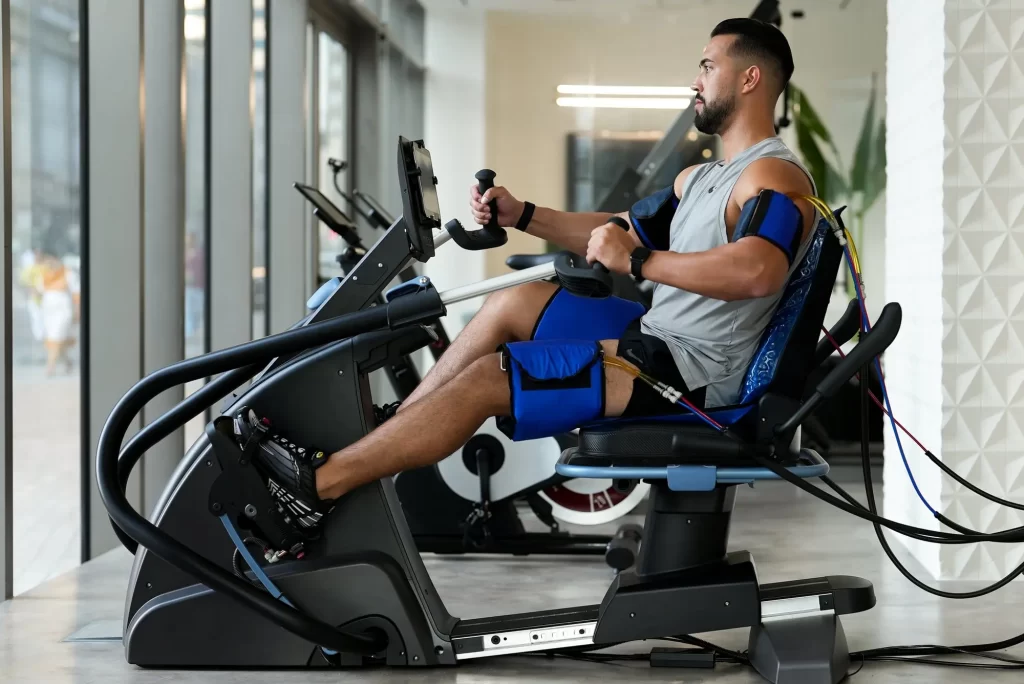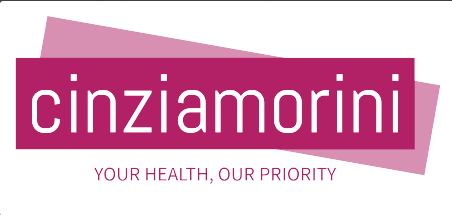
Introduction
Training in Dubai’s desert climate presents unique physiological challenges. With temperatures exceeding 40°C (104°F) and humidity often surpassing 60%, exercisers face accelerated muscle fatigue, elevated core temperatures, and 3x greater dehydration rates than in temperate environments (Casa et al., 2015). Whether you’re preparing for the Dubai Marathon or training outdoors, optimizing recovery is non-negotiable for performance and safety.
1. Hydration: Beyond Basic Water Intake
The Physiology: Sweat rates in desert conditions can reach 2.5L/hour, depleting electrolytes crucial for muscle function. Sodium loss alone may exceed 1,000mg/L of sweat (Baker et al., 2019).
Evidence-Based Protocol:
– Precision Hydration: Consume 500ml of electrolyte-enhanced fluid 2 hours pre-workout (ACSM guidelines).
– Sodium Optimization: Add 450-1,150mg sodium/L to fluids during sessions >90 minutes (Shirreffs & Sawka, 2011).
– Urine Monitoring: Aim for pale lemonade-colored urine (specific gravity <1.020).
2. Nutrition: The Anabolic Window & Heat Adaptation
The Science: Heat stress increases muscle protein breakdown by 15-20% while reducing synthesis (Pasiakos et al., 2014).
Recovery Nutrition Strategy:
– Protein Timing: 0.4g/kg bodyweight protein within 30 minutes post-exercise.
– Carbohydrate Replenishment: 1.2g/kg carbs within 2 hours using high-glycemic index foods.
– Supplement Support: Evidence-based muscle recovery supplements can augment whole-food nutrition during extreme conditions.
– Macro Optimization: Precisely calculate needs using this Scientific Macro Calculator for desert training demands.
3. Active Recovery: Enhancing Thermoregulation
Why It Works: Light movement increases blood flow by 40-60% versus passive rest (Bieuzen et al., 2013).
Dubai-Specific Protocols:
– Aquatic Therapy: Pool walking reduces joint loading while cooling core temperature.
– Evening Mobility: Foam roll when temps drop below 30°C.
4. Cold Therapy: Strategic Application
Evidence Notes: Cold immersion reduces inflammation but may blunt heat adaptation (Versey et al., 2013).
Smart Implementation:
– Use 10°C ice baths for ≤10 minutes after extreme events.
– Apply cold packs specifically to overused muscles.
5. Sleep Optimization: The Recovery Multiplier
Heat’s Impact: Core temps >38°C reduce deep sleep by 25% (Okamoto-Mizuno & Mizuno, 2012).
Dubai Sleep Solutions:
– Pre-Bed Cooling: Cold shower (22°C) 1 hour before sleep.
– Phase-Change Materials: Use cooling mattress pads.
When to Seek Professional Guidance
Consult experts for:
– Recurrent heat intolerance
– Plateaus > 8 weeks
– Event-specific preparation
> Dubai- based specialists provide individualized heat acclimation protocols. Find vetted experts: Best Personal Trainer Dubai
Conclusion
Mastering Dubai’s training environment requires merging thermal physiology with precision recovery. Implement these evidence-based strategies to transform desert workouts into performance opportunities.
References
1. Casa DJ, et al. (2015). Optimizing Hydration for Athletic Performance
2. Baker LB, et al. (2019). Sweat Sodium Loss in Athletes
3. Pasiakos SM, et al. (2014). Heat Stress & Muscle Protein
4. Versey NG, et al. (2013). Cold-Water Immersion in Heat
5. Okamoto-Mizuno K, et al. (2012). Heat Effects on Sleep
